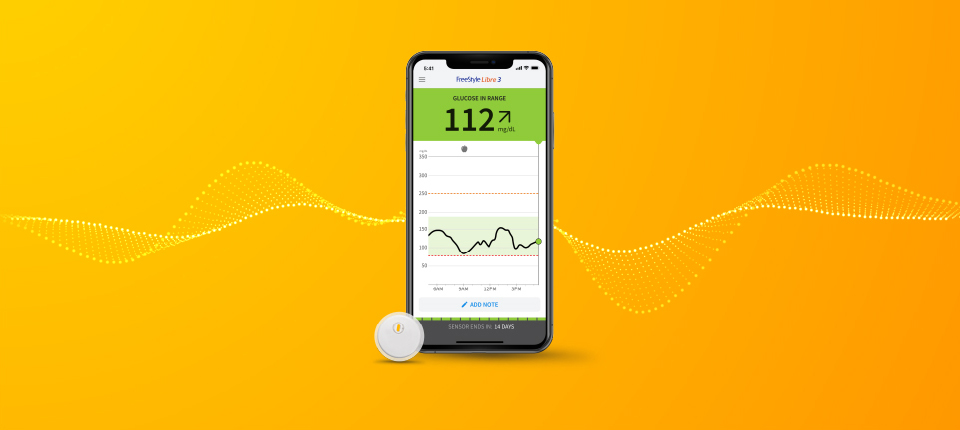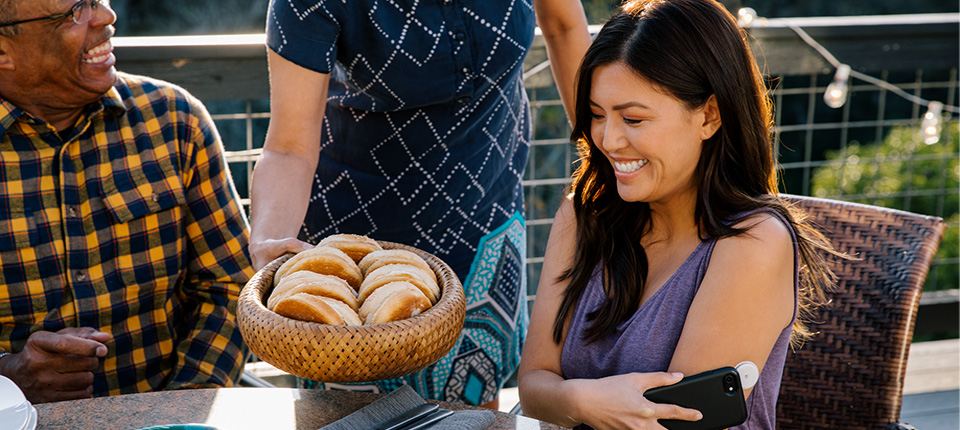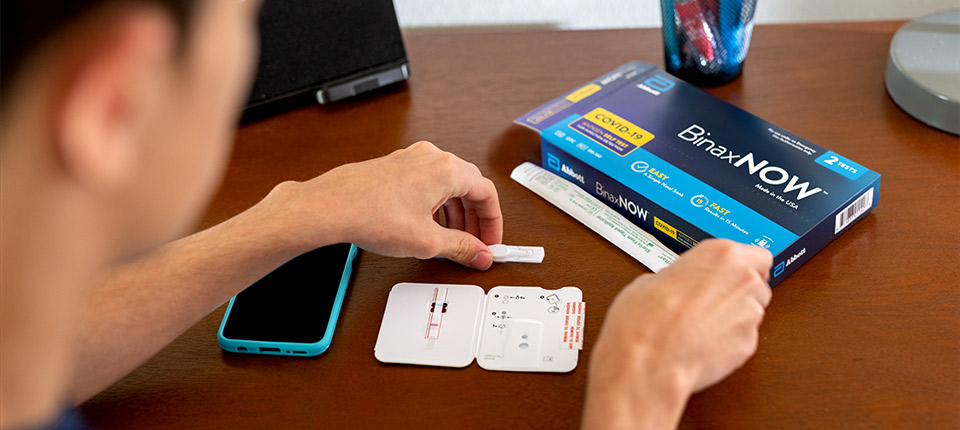For adults with type 2 diabetes on intensive insulin, late-breaking data presented at the recent American Diabetes Association (ADA) 79th Scientific Sessions in San Francisco showed average HbA1c dropped from 8.9% to 8% with at least three months of using the FreeStyle Libre continuous glucose monitoring (CGM) system1 – closer to the ADA's recommended HbA1c target of 7% for people living with diabetes (excluding pregnant women).2
The real-world meta-analysis across three European countries – France, Germany and Austria — adds to the growing proof from real-life settings and clinical research demonstrating how using FreeStyle Libre system can help improve the lives of the 425 million people living with diabetes worldwide.3
"These real-world findings highlight how Abbott's FreeStyle Libre system can fundamentally change how people manage their diabetes, especially for people living with type 2 diabetes," said Helene Hanaire, M.D., University Hospital Center of Toulouse in Toulouse, France, and one of the lead authors of the study. "By using the real-time results, trends and patterns from the technology right at their fingertips, people with diabetes are becoming more actively engaged in making better decisions to control their glucose levels and improve their own health."
HbA1c is a number representing a person's average blood sugar over a period of three months. According to the Mayo Clinic, these are the ranges:
• Up to 5.7%: Normal HbA1c for people without diabetes.
• 5.7-6.5%: Prediabetes.
• 6.5-8% or greater on two occasions: Diabetes.
• Above 8%: Diabetes is not well-controlled, with a greater risk of developing complications.
You can see why FreeStyle Libre system is helping people living with type 2 diabetes cut their HbA1c to 8% is such a milestone. Helping people reach normal HbA1c levels correlates with long-term improved health. In fact, a 1% drop in HbA1C is linked to a nearly 30% reduction in long-term complications of diabetes, according to landmark clinical research studies with insulin-dependent adults.4,5
While HbA1c is the current gold standard for evaluating further risk from living with diabetes, there is mounting evidence that Ambulatory Glucose Profile (a simplified and clear overview of glucose levels and patterns over time) and time in range (TIR) are crucial to glycemic control.
At the ADA conference, an international consensus comprised of more than 40 physicians, researchers and other diabetes experts, announced a standardized CGM report that incorporates key metrics, TIR targets and a 14-day composite glucose profile to be an integral component of clinical decision-making for safe and effective therapy.6 As the only 14 day sensor for glucose monitoring that is globally approved and available, our FreeStyle Libre 14 day system technology for personal use is uniquely aligned with the consensus to help people living with diabetes achieve better health outcomes.
The technological advances available in FreeStyle Libre have the potential to shift that standard of care and help people better manage their diabetes.
For more details on the study, check out our press release.
References
1Kröger, J., Fasching, P, Hanaire, H, Meta-Analysis of Three, Real-World, Chart Review Studies to Determine the Effectiveness of FreeStyle Libre Flash Glucose Monitoring System on HbA1c in Adults with Type 2 Diabetes. Presented at the American Diabetes Association (ADA) 79th Scientific Sessions in San Francisco, California, USA.
2American Diabetes Association. A1C and eAG. http://www.diabetes.org/living-with-diabetes/treatment-and-care/blood-glucose-control/a1c/
3International Diabetes Federation. About Diabetes. https://www.idf.org/aboutdiabetes/what-is-diabetes/facts-figures.html.
4Nathan DM, Genuth S, Lachin J, et al.; Diabetes Control and Complications Trial Research Group. The effect of intensive treatment of diabetes on the development and progression of long-term complications in insulin-dependent diabetes mellitus. N Engl J Med 1993;329:977–986
5According to findings from insulin-dependent adults living with diabetes in a controlled, clinical research setting.
6Battelino, T. et al; Clinical Targets for Continuous Glucose Monitoring Data Interpretation: Recommendations From the International Consensus on Time in Range. Diabetes Care. 2019; 1-10.






FOLLOW ABBOTT